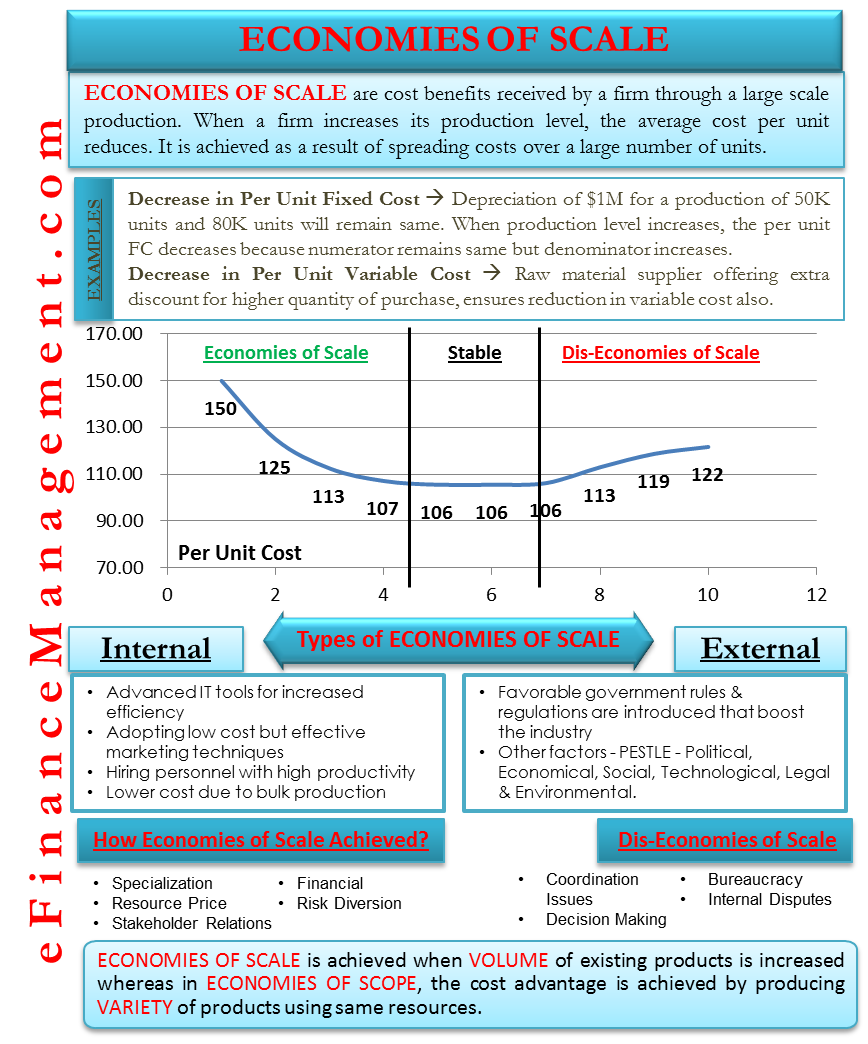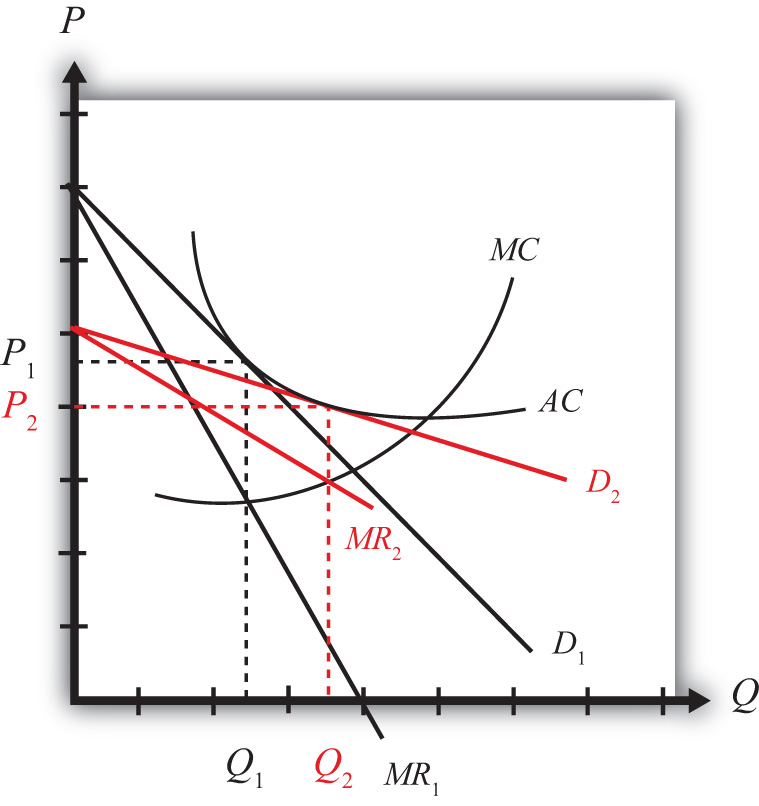Economies of scale refer to the cost advantages that a business can achieve by producing goods or services on a larger scale. These cost advantages can arise from a variety of factors, such as the ability to purchase raw materials at a lower cost, the ability to spread fixed costs over a larger production volume, and the ability to take advantage of technological efficiencies.
One of the main characteristics of economies of scale is that they tend to decrease as the scale of production increases. This means that the cost advantages associated with producing goods or services on a larger scale tend to diminish as the scale of production increases. This is because, as the scale of production increases, the cost of producing each additional unit of output tends to increase.
Another characteristic of economies of scale is that they can lead to increased market power for firms that are able to take advantage of them. By producing goods or services at a lower cost than their competitors, firms that are able to achieve economies of scale are able to offer these goods or services at a lower price, which can help them to gain a competitive advantage in the market.
Economies of scale can also lead to increased specialization and division of labor within a firm. As a firm's production scale increases, it may become more efficient to specialize in certain tasks or processes and to divide the production process into separate stages, with each stage being carried out by a specialized group of workers. This can lead to increased efficiency and productivity, as workers are able to focus on their specific tasks rather than having to perform a wide range of tasks.
Finally, economies of scale can also lead to increased global trade and the development of global supply chains. As firms are able to produce goods or services more efficiently on a larger scale, they may be able to sell these goods or services to a wider market, including markets in other countries. This can lead to increased global trade and the development of global supply chains, as firms seek out the most efficient sources of raw materials and production facilities.
In summary, economies of scale are characterized by decreasing costs as the scale of production increases, increased market power for firms that are able to take advantage of them, increased specialization and division of labor, and increased global trade and the development of global supply chains. These characteristics can have significant impacts on the competitiveness and profitability of firms, as well as on the overall functioning of the economy.








